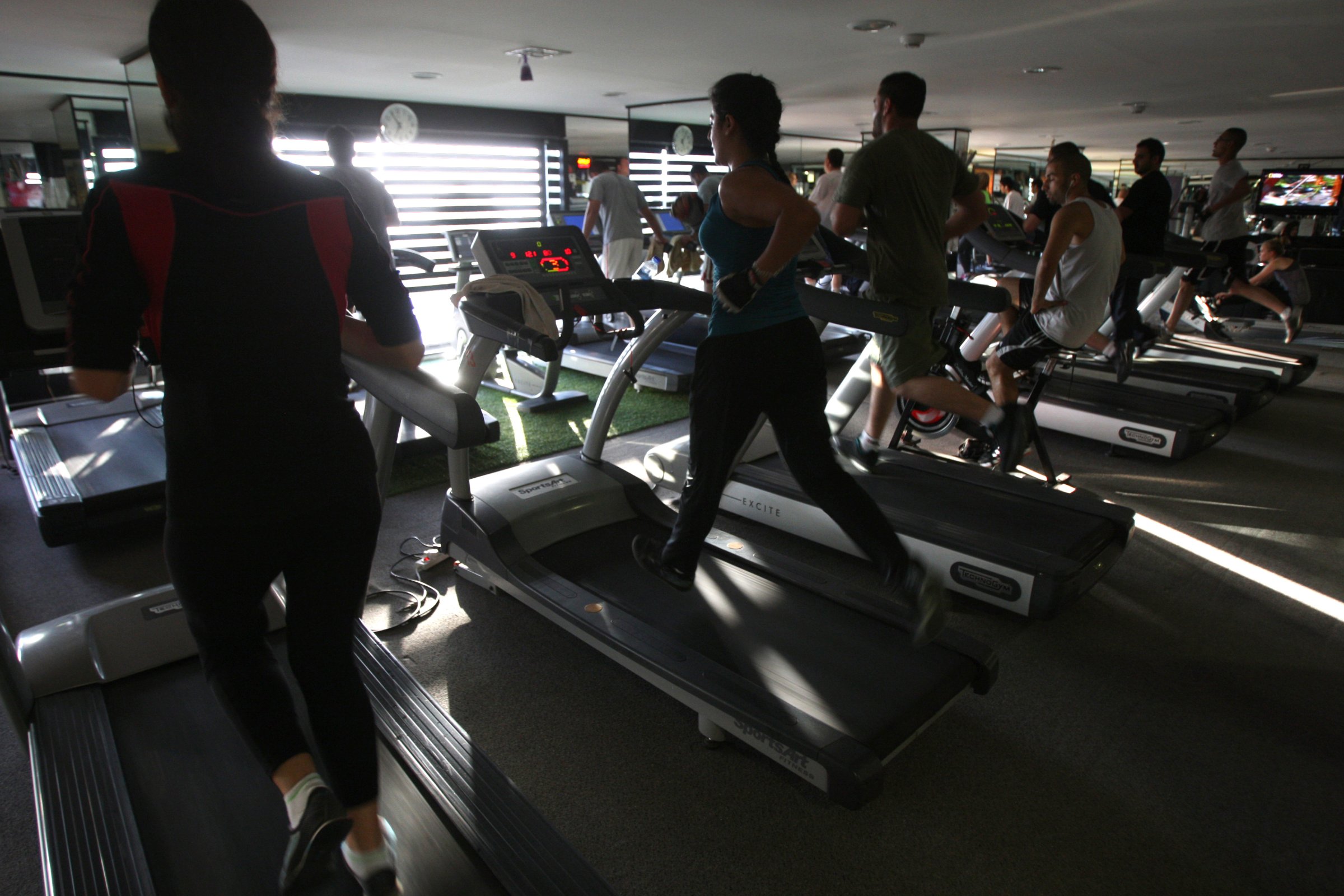
It’s probably not news to you that Americans just don’t exercise enough. Less than half of us meet the recommended amount of weekly physical activity—despite research that shows exercise can be just as effective as drugs in some cases to treat diseases such as diabetes. So why don’t we prescribe exercise in specific doses, like we would a drug?
In order to do that, you need to know exactly how much activity produces how much benefit, and whether there’s an upper limit, at which point the helpful effects either start waning or begin to do more harm than good. That’s what Paul Williams, a staff scientist at Lawrence Berkeley national Laboratory, and his colleagues wanted to know—and they found out in a new report published in Mayo Clinic Proceedings.
MORE: Short Bursts of Exercise Are Better Than Exercising Nonstop
Williams started with a group of heart-attack survivors who had been enrolled in either the National Runners’ Health Study or the national Walkers’ Health Study. The two studies were designed to measure what impact—measured in deaths due to heart disease—differing amounts of physical activity could have. “The notion that there was increased risk for people at high exercise has been around for a while, but the first thing that came into my mind was that there was something unusual and maybe something wrong about the data,” Williams says. “So I was hesitant to proceed.”
But as the data continued to emerge, it began to appear that exercise, like any other prescription, could be dangerous in high doses. Those who had had heart attacks and ran more than 30 miles a week or spent more than six hours in vigorous activity weekly were at an increased risk—by up to twofold—of dying from a heart event. “I certainly expected a point of diminishing return, but I wasn’t expecting to see the increase in mortality,” says Williams.
MORE: An Hour of Exercise Can Make Up for a Day of Sitting Down
In contrast, those who exercised moderately—which is to say more than the admittedly low recommended minimum but not as much as the extremely active—lowered their risk of heart-related death by 63% compared to those exercising the least.
“I would say the gains of being active are substantial,” says Williams, “but up to a certain point.” The results held after his team adjusted for the potential effects of age, diet and medication.
MORE: Exercise Snacking: How to Make 1 Minute of Exercise Work Like 30 Minutes
Williams stresses that the results only apply to a relatively small group—people who have a history of heart disease and who exercise at high levels—but he’s currently studying the same thing in the general population to see if similar trends are at work. The data could form the foundation for a prescription-based approach to exercise, as researchers become more familiar with how much exercise can influence factors that affect our health. For now, says Williams, “The message is that at least for heart attack survivors, more is better—up to a point.”
More Must-Reads from TIME
- Why Trump’s Message Worked on Latino Men
- What Trump’s Win Could Mean for Housing
- The 100 Must-Read Books of 2024
- Sleep Doctors Share the 1 Tip That’s Changed Their Lives
- Column: Let’s Bring Back Romance
- What It’s Like to Have Long COVID As a Kid
- FX’s Say Nothing Is the Must-Watch Political Thriller of 2024
- Merle Bombardieri Is Helping People Make the Baby Decision
Contact us at letters@time.com